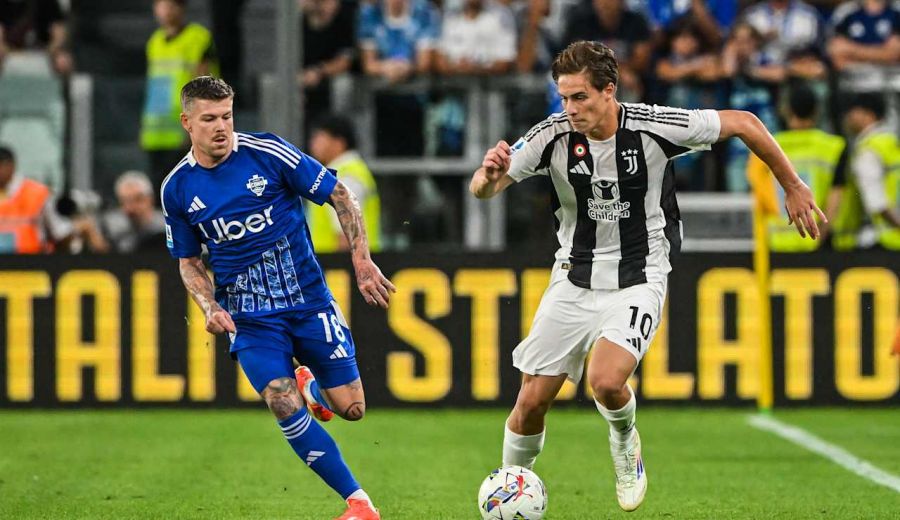Subtotal $0.00
Eyong: the rising star linked with Barcelona
Barcelona are eyeing Etta Eyong as a long-term solution to Robert Lewandowski. That label, Etta Eyong Barcelona replacement, signals Barcelona’s plan to build for the future while competing at the highest level. Scouts have praised Eyong’s finishing, movement and clever runs, traits that could slot into Barça’s high-pressing style. The potential move would pair a proven goal threat with youth potential, a combination Barça have prioritized in recent windows. As Eyong’s stock rises across Europe, Barça’s interest remains measured, reflecting a patient, long-term project rather than a quick fix. For deeper context on Barça’s youth pathway, see the club’s official academy materials and strategy pages. Barça Academy and Club Strategy emphasize development as well as results.
Eyong has delivered in domestic leagues and European youth competitions, and his profile aligns with the kind of forward Barça want to add. The transfer market can be volatile, but the early stage of talks suggests genuine interest rather than a mere rumor. If Eyong continues to progress, the club could test a gradual integration path that lets him contribute in the short term while developing his all-around game for the long run. This is precisely the kind of project Barcelona has pursued when shaping a new generation of attackers, and the focus keyword Etta Eyong Barcelona replacement underscores that planning.
Barcelona’s strategy for a post-Lewandowski attack
With Lewandowski entering the late phase of his career, Barça is outlining a plan to rebuild the attack around youth and speed. The strategy centers on a blended frontline that balances immediate impact with future potential. Eyong is part of that blueprint, a long-term option who can eventually lead the line. The club wants players who can adapt to the pressing style and the positional flexibility that has defined Barça’s approach in recent seasons. The idea of a Etta Eyong Barcelona replacement triggers a discussion about how Barça want to preserve the club’s identity while evolving; the plan emphasizes technical quality, movement, and goal scoring. Outbound links to credible sources about Barcelona’s youth policy can be included here, such as ESPN Soccer or Transfermarkt for market context.
The longer-term vision also involves strengthening the supply lines from academy to first team. Eyong’s potential arrival would be paired with upgrades in coaching, sports science, and a system that maximizes young talents. In this context, Etta Eyong Barcelona replacement becomes a symbol of strategy as much as a player. If the club can cultivate him properly, the forward line could evolve into a dynamic unit capable of competing for top honours while still nurturing homegrown promise.
Early talks and what they mean for Barça
The talks are in the early stages. There is no fee agreed, no contract proposed, and no official bid on the table. Barça are keeping expectations measured while they assess Eyong’s development trajectory, adaptability, and willingness to embrace a rigorous Barcelona project. The absence of immediacy is deliberate; it allows both sides to gauge compatibility before committing resources. The discussions signal serious intent rather than idle chatter, yet they hinge on Eyong’s performances in the coming months. If momentum grows, the dialogue could translate into a structured proposal that aligns with Barça’s wage structure and long-term planning. The Etta Eyong Barcelona replacement narrative remains a lens through which fans understand the club’s future plans.
For readers seeking broader context, transfer processes often hinge on medicals, contract clauses, and market timing. External coverage from outlets like BBC Sport or ESPN Soccer can provide framework on how early-stage talks typically evolve in major European clubs. Barça will likely methodically map Eyong’s path from potential signing to a practical role within the squad, with contingencies depending on performance data and squad needs.
What Eyong brings to the table
Eyong’s profile blends a sharp finishing instinct with intelligent off-ball movement and positional versatility. He can operate centrally as a true striker or drift into wider zones to complicate opposition defenses. His runs behind the line can break compact defenses, while his link-up play supports quick combinations with wingers and midfielders. Eyong’s adaptability makes him a practical fit for a Barcelona system that prizes fluid front lines and interchangeable parts. If integrated gradually, he could contribute immediately in cup ties or as a rotational option while refining his pressing and defensive responsibilities. The notion of a Etta Eyong Barcelona replacement is not a negative; it signals a long-term plan to refresh the attack with elite young talent.
Barça’s coaching staff would likely tailor a phased introduction, pairing Eyong with experienced attackers to accelerate his learning curve. Supporters will watch whether his development mirrors the club’s technical standards and tactical demands. For fans who want to understand how Eyong’s skill set translates to Barcelona’s pressing and high-tempo play, see Barça Strategy for guiding principles on technical growth and tactical intelligence.
Implications for Barça’s transfer and youth policy
The Eyong interest reinforces Barça’s dual-track approach: acquire smartly for the present while cultivating a robust academy. If Eyong signs, Barça could recalibrate its recruitment to prioritise players with growth trajectories and adaptable skill sets. This shift would also give more autonomy to the youth system, encouraging a clearer pathway for academy talents to reach the first team. Eyong’s arrival would likely involve structured loan options or reserved places for gradual integration, ensuring a sustainable balance between immediate impact and long-term value. The club’s wage policy would also be tested, as a rising talent demands a transparent, scalable compensation model. The notion of Etta Eyong Barcelona replacement thus becomes a test case for the effectiveness of Barça’s youth-forward pipeline.
Beyond the transfer itself, Eyong could accelerate broader changes in youth development and scouting. A decisive signing would reinforce the message that Barça remains committed to a high-velocity, technically demanding project. This approach could influence other clubs and set a benchmark for how European giants blend cost efficiency with elite potential. For context on how clubs manage such transitions, consider consulting Transfermarkt or official club communications on youth development and recruitment philosophy.
What happens next: potential timeline and hurdles
The timeline hinges on several factors. First, the clubs must agree on a price, then negotiate contract details and performance-related clauses. Next come medicals, regulatory clearances, and, if Eyong is non-EU, work permit considerations. If talks progress positively, Eyong could begin pre-season with Barça or target a mid-season integration to balance acclimatization with immediate needs. The path to a first-team role will be gradual, with opportunities in domestic cups, European competition, and potential loan spells to build experience. Hurdles include competition from other clubs, the player’s willingness to relocate, and how well he fits into the tactical expectations under Barça’s coaching staff. The Etta Eyong Barcelona replacement narrative will undoubtedly influence how supporters perceive the project and its patience.
Fans should monitor the next three to six months closely. A formal approach could crystallize if Eyong continues to excel in his current league and if Barça’s scouting department confirms the strategic fit. For additional perspective on transfer windows and negotiation dynamics, see BBC Sport or ESPN Soccer.












